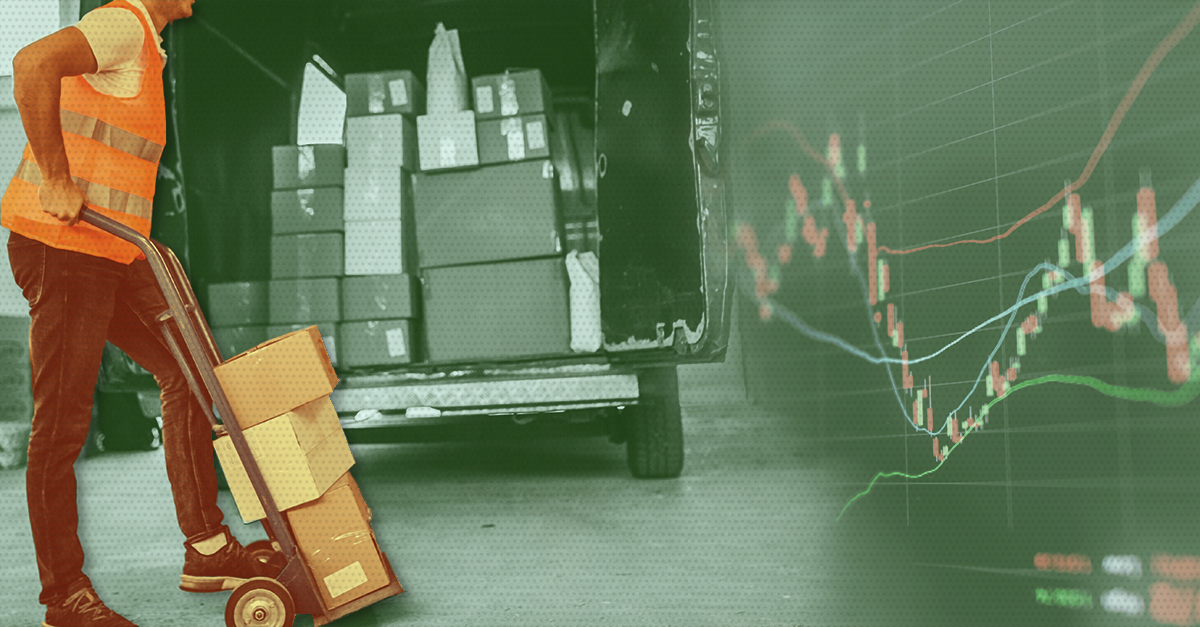 Commercial insurance is characterized by complex coverages, heterogeneous exposures and risks, and individually negotiated and priced contracts. Distribution is often through independent agents and brokers; there is an involved sales process of negotiation between policyholder, agent, and insurer.
Commercial insurance is characterized by complex coverages, heterogeneous exposures and risks, and individually negotiated and priced contracts. Distribution is often through independent agents and brokers; there is an involved sales process of negotiation between policyholder, agent, and insurer.
Commercial lines insurers continue to raise rates, seek growth through expanded jurisdictions and new products, and adopt analytics more broadly. Insurers want to drive down the cost of service, refine pricing and underwriting, and pursue growth. The COVID-19 pandemic has posed a revenue and loss risk for certain lines of business, but insurers report limited changes to their business and technology strategies.
Recent Financial Trends
Commercial lines rates continue to increase, though the rate of increase has slowed for many lines. Commercial property and umbrella lines showed accelerating rate increases between Q4 2021 and Q1 2022. Insurers are restricting coverage, including the pursuit of communicable disease and related exclusions for commercial liability and commercial property policies. They are also being stricter in their underwriting, increasing deductibles, lowering limits, and reducing capacity.
Property rates are continuing their increase and may accelerate. Commercial auto, commercial liability, directors and officers liability (D&O), and umbrella lines are particularly challenged due to the growing litigation of claims, increased claims severity (with factors including distracted driving, higher litigation costs, and increased cost of repair), and consequent restriction of capacity.
The Impact of the COVID-19 Pandemic
The return of business as usual has led to increases in claims frequency. To date, federal court cases brought against insurers for business interruption (BI) claims have been settled mostly in insurers’ favor, though insurers are writing explicit exclusions into policies going forward.
With state courts, the case record is mixed, though most cases have still been decided in insurers’ favor. Court rulings will continue to be a factor in insurers’ reserving strategies. Positive effects include the fast-tracking of digital initiatives that might have encountered institutional resistance before COVID-19.
Inflation and Supply Chain Constraints
The COVID-19 pandemic and the war in Ukraine have both impacted supply chains and driven up inflation. This has led to higher claims costs, from replacement parts for commercial auto to rebuilding and repair costs for commercial property. In addition to materials costs, both commercial auto and commercial property have been affected by labor shortages.
Labor shortages and supply chain constraints also lengthen claims settlement times, reducing customer satisfaction. Insurers have been raising rates on commercial auto policies, though it is unclear whether this will be sufficient to address rising loss costs. A shortage of truck drivers, exacerbated by increasing retirements, and moves to hire younger replacements impact both claims frequency and severity.
In addition to wage and price inflation, insurers are experiencing additional claim costs due to social inflation, where society holds negative perceptions about larger corporations and is desensitized to litigation and larger jury awards.
Climate Change
Climate change impacts a broad swath of lines of business. Changes in weather patterns mean that insurers can no longer rely upon historical data; they must modify catastrophe (CAT) models. Climate change also increases the chances of tropical diseases spreading to new areas, so insurers must quickly decide how to handle future pandemics.
The effects of climate change, whether in terms of catastrophes or changes in water levels, have already begun to affect shipping operations. The Panama Canal had to slow down operations in 2019 due to drought, and it cost the industry US$300 million.
Insurers have already begun to reduce or end underwriting for fossil fuel companies, a change that European insurers have led. Activists, lobbying groups, and other businesses are pressuring underwriters to accelerate this process. Shipping is an important source of emissions from transportation. The war in Ukraine may be reversing the trend of moving away from the fossil fuel business as countries seek to diversify their sources of fossil fuels.
Growing Comfort With Artificial Intelligence (AI)
Commercial lines insurers are using AI and machine learning for use cases that range from contractor insurance verification and customer experience to claims and underwriting. The Hartford is leveraging CAPE Analytics’ geospatial intelligence offering, which applies computer vision and deep machine learning to imagery, for its commercial underwriting.
The use of AI for the ingestion of unstructured text for use in claims and underwriting is becoming more common, as covered in Aite-Novarica Group’s report Intelligent Text Ingestion: Overview and Prominent Providers.
If you’d like to discuss our key findings in the commercial lines insurance space, please read our new report Business and Technology Trends 2022: Commercial Lines or contact Martina Conlon ([email protected]), Carey Geaglone ([email protected]), or me ([email protected]) to continue the conversation.

